Data Hygiene is more than CASS and NCOA
In a recent AccuZIP6 training session, the original task was to clean the contact list with CASS Certified address validation and NCOALink move update processing, and then cut the list down to 20,000 from an original 50,000 for a mailing. The great thing about AccuZIP6 is, once you open the address list and look at the data, intelligent decisions can be made to improve the quality of the data. And then you'll be able to use AccuZIP6's set of tools to give yourself the cleanest list possible.

Here's a list of steps we took to get the list down to 20,000, but a top-quality 20,000 with the interest of getting the best postage rates possible.
- Search Editor, searching by date to eliminate anybody with a birth year more recent than 1985
- CASS Certified address validation with NCOALink move update processing
- Removed undeliverable addresses, including all records in the Moved, No Forwarding Address category
- Duplicate detection
In this case, we found multiple names at the same address. They wanted to combine these records of the same address and change the name to "The lastname Family". The Command feature in AccuZIP6 handles this quickly. Now costly duplicates are removed and a change of name to the generic The __ Family doesn't exclude any specific individual who picks up the piece
We householded the list and removed duplicates, but the question remained on how to keep narrowing the list to 20,000. The next method was eliminating a major city that was on the outskirts of this mailing. AccuZIP6's quick find feature allows you to find and eliminate these records quickly.
Next, we ran a Count on 5 Digit ZIP Code search to see how this list broke down. As it turned out, there were a lot of ZIP Codes in this list. Our mission was to find those that had the best chances of getting the lowest possible postage rates. Back to the Command feature.
We ran a command that would mark, or flag, all records where there were at least 150 records in a single ZIP Code, since you need at least 150 in a ZIP Code to get a 5-digit rate. This took only two clicks to get the instant results. Those that were part of a ZIP Code that had fewer than 150 were deleted from the list. This got us down to around 20,000 records.
At this point, we had to decide where to deliver the mail. In AccuZIP6's SCF chart, within the presort setup window, we quickly calculated the counts for each SCF servicing the 20,000+ pieces in this mailing. We multiplied these individual counts by the current SCF Entry discount ($0.017) to decide if it was worth it to deliver to any of the SCF's. It was determined that, though there were thousands serviced by three different SCF's, it was practical to drop only qualified trays at the local SCF, and claim None entry rates for the rest of the mail.

A review of the features used in AccuZIP6 shows a handful of tools that helped narrow down the list to the best quality list that would achieve the lowest postage.
- Address Validation with NCOALink move update processing
- Search Editor for narrowing demographics
- Duplicate Removal
- Command feature for householding duplicates and eliminating addresses that were from a ZIP Code that had less than 150 pieces in the ZIP
- Report generator for running a count on 5-digit ZIP Code report, to gain more intelligence about the address list
- Show Undeliverables to eliminate bad addresses and moved, no forwarding
- USPS Interaction feature for single-record address validation, making fixes to individual addresses by finding the correctly-spelled street names
- Presort Setup window for entering presort data
- SCF Chart feature for intelligence in determining which SCF's should be used for drop shipping
With AccuZIP6's support staff and tutorial videos combined with the myriad of data hygiene features in AccuZIP6, you have many ways to improve the quality of your mailing lists before you presort.


